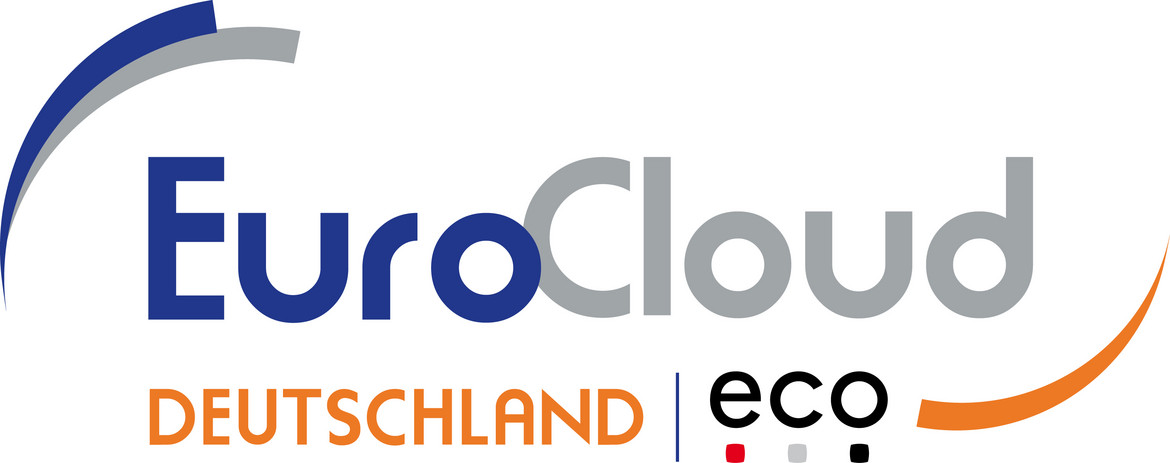More Sustainable with Cloud: Economies of Scale for the Environment and Climate
What can be the key to more sustainability? Cloud technologies, spells out Nils Klute from EuroCloud Germany.

©Petmal | istockphoto.com
Demanded by politicians, sought by companies, needed for climate change – digital technologies are the key to more sustainable business, living, and working. However, as a new study by the Cloud Industry Forum shows, cost issues still too often cause greener cloud landscapes to fail. Why digital and sustainable change are mutually dependent.
Combining digital with green – this is something that Covid has also got the world to see in a new light. According to Greenpeace, Germany could save around 1.6 million tons of carbon dioxide a year if everyone worked from home for one day a week. If more people moved their office inside their own four walls, there would be fewer cars on the roads, which would reduce exhaust gases and save energy and resources. But that’s just one step in the right direction: professional cloud services instead of in-house servers are another building block to the green solution. Those who make documents, applications, and programs available on platforms further reduce their own ecological footprint. According to eco – Association of the Internet Industry, companies save up to 80 percent of electricity if they do not operate IT infrastructure, resources, and services themselves, but have them operated by providers. The CO2 emissions of European data centers finally started declining in 2015, which has been made possible by technological advances and smart concepts. Look at waste heat utilization, for instance: instead of discharging hot exhaust air produced during cooling and having it remained unused, this can heat swimming pools, apartments, and offices.
Cost issues are decisive in cloud decision-making
Cloud technologies are the key to more sustainability. According to a recent study by the Cloud Industry Forum (CIF), 84 percent of IT managers have no doubts about this – however, when it comes to deciding on an offer, cost issues alone are decisive for one in two. “Environmental, Social and Governance (ESG) and sustainability still aren’t prioritized over cost (53%), nor are they considered more important than factors like trust (50%), ability to scale (34%), or even the speed of response of a chosen cloud-managed service provider (26%),” the report on the survey of around 250 large and medium-sized companies in the UK notes. “At just 25 percent, sustainability credentials actually sit seventh on the list of priorities, which suggests that a passion for ESG doesn’t always translate into practice.”
The CIF study leaves the question open as to why digital sustainability remains a lip service for many companies. If you were to ask Ursula von der Leyen, on the other hand, you would get a clear answer: “When it comes to reducing CO2 emissions, we are already pioneers,” said the EU Commission President in her keynote speech at the German Digital Summit 2020. “But Europe must also become a pioneer in digitalization.” The reason that this is considered necessary: the European Union is of the view that digital technologies not only make life safer, healthier, better, more pleasant, and more comfortable – but also increasingly sustainable.
Cloud technology makes IT more sustainable
An analysis by Accenture shows how digital technologies and sustainability are interdependent: if companies worldwide were to migrate to the public cloud, this would lead to the elimination of 5.9 percent of all emissions that would otherwise be fuelled by local IT operations. This is a step that could reduce CO2 emissions by around 60 million tons per year, which is equivalent to the amount emitted by 22 million cars in the same period. In looking at where the potential for the environment lies, we learn that cloud data centers cool more efficiently, use hardware more effectively, and utilize resources more optimally than any company could itself achieve in its own server room under competitive conditions – advantages of shared infrastructures that, even now, hardly differ from the benefits offered by public transport. But advantages don’t just stop there when it comes to the cloud, because those availing of the public cloud options to realize software and services in the public cloud tap into cloud native opportunities. As stated by Accenture, costs can thus be intelligently optimized, and the ecological IT footprint further reduced by up to 20 percent.
Digitalization as the key to sustainability
As Karl-Heinz Land sees it, digital and sustainable change also work hand in hand. According to the digital visionary, digitalization provides us with all the tools we need to live sustainably in a better world. The pandemic shows what this can look like: “Whereas it used to take years to develop vaccines, today we can do it in a matter of months,” says Land in an interview with eurocloud.de: “Not only in biochemistry are digital innovation, human know-how, and artificial intelligence the key to success, but in all areas of life and work.”
Cloud brings the circular economy to life
The automotive industry shows what this can look like in other fields: In order to manufacture on a more ecological level, companies want to share machine and mobility data across the board. Regardless of whether it’s suppliers, freight forwarders or producers – manufacturing and logistics processes can be sustainably optimized throughout the entire value network via the cloud. A goal for which the industry has launched its own initiative: Catena-X sees itself as a scalable and expandable ecosystem. Integrated into the European infrastructure initiative Gaia-X, the aim is to finally allow data to flow securely, sovereignly, transparently, and in a trustworthy manner in order to sustainably optimize the life cycle of the passenger car. “Catena-X makes the circular economy real,” said Oliver Ganser, CEO of the industry initiative at the Gaia-X Summit 2021.
Cloud applying brakes to climate change
The Smart Maritime Sensor Data Space X, or Marispace-X for short, is of a similar nature. The project is intended to become an intelligent Big Data Hub for the world’s oceans. One goal: to stem climate change via seagrass. This aquatic plant, which can bind large quantities of CO2, is considered a natural means of combating global warming. To better research and cultivate seagrass in a targeted manner, Marispace-X blends information from space with data from the ocean. “That’s how we determine where the plant is growing and how much carbon dioxide it has stored,” says Jann Wendt, CEO of north.io and coordinator of the funded project, in a EuroCloud article in dotmagazine. The technological basis for exchanging information in a trustworthy manner is provided by the distributed and decentralized cloud architecture of Gaia-X.
Green cloud effects growing from nature
As the CIF experts see it, there is no doubt that we will live and work sustainably in an increasingly digital world. Green economies of scale could grow from nature, so to speak, if companies rely less on their own servers and more on clouds. Regardless of whether the main reason is cost or sustainability issues: According to the CIF study, nine out of ten respondents would like to make greater use of the technology within 12 months – and the trend is rising.
Nils Klute is Project and Communication Manager at EuroCloud Germany. He is responsible for content marketing activities on topics such as Gaia-X and AI, supports initiatives such as Service-Meister, EuroCloud Native, or systems integrators on their cloud journey. Prior to his start at eco in 2018, Nils worked as a corporate journalist for IT corporations (like SAP, T-Systems, and QSC at Cologne-based communication agency Palmer Hargreaves) and previously held public relations positions at market and economic research institutions.





